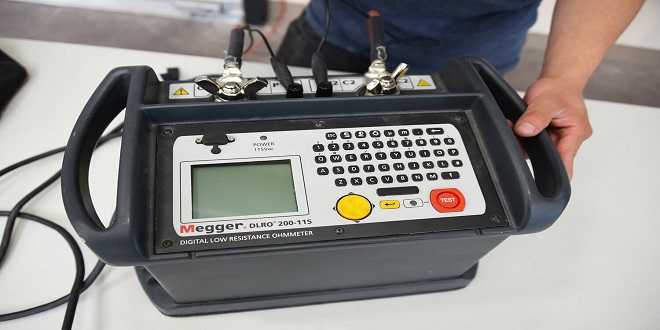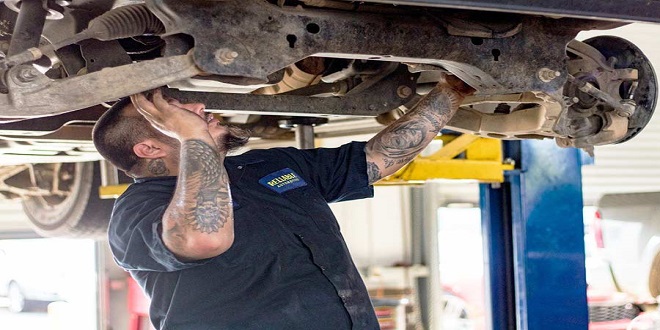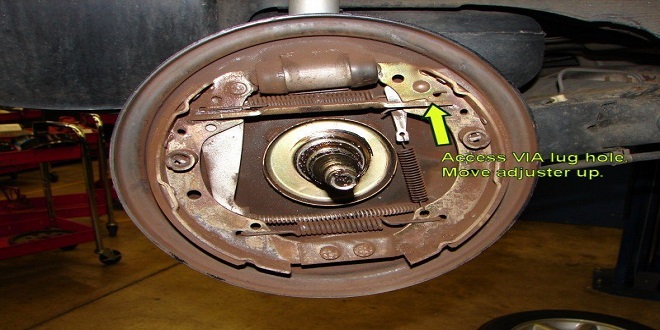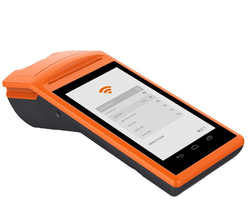Locating leaks by pressure-testing the

If you can’t locate the source of a leak and your vehicle is losing liquid from the cooling system on a regular basis, drive to your service station and ask the attendants to pressure-test your cooling system. The test involves very little time or labor, so a friendly technician may do the test free of charge. While you’re at it, have the technician pressure-test the radiator pressure cap as well.
If you have an old vehicle that hasn’t had its cooling system serviced or rebuilt in a long time, pressure-testing the system may dislodge the deposits sealing the weak spots, causing the system to leak. Before the technician starts testing the system, ask whether the procedure is worth the risk.
Adjusting and Replacing Accessory Belts
Tells you how to check accessory belts. Whether or not you can adjust or replace a belt yourself depends on the type of belt(s) you have. On most modern vehicles, a single, long, flat belt called a serpentine multiaccessory drive belt drives all the engine accessories.
This belt winds its way around every accessory pulley, and on the way winds tightly around a “tensioner” pulley that keeps the belt at the correct tension. In cases where it’s possible to adjust the tensioner, you usually find a set of marks on the tensioner assembly that indicates the correct tension.
There are very few older vehicles still on the road that have an accessory belt that only drives one component. If your car has this setup, you can check the belt by following the instructions in to see whether it has more than 1/2 inch of “play” and needs to be adjusted; or is cracked, frayed, or otherwise in need of replacement.
It isn’t easy to figure out whether a belt is at the right tension just by looking at it, and often it’s obscured by a shield or cowling. If the belt is loose, you’ll hear squeaky noises when you accelerate sharply. With the hood up, the gearshift in Park or Neutral, and the parking brake on, have a friend accelerate the engine while you listen.
Be sure to keep your hair and clothing away from the belt. Because tensioners are spring-loaded, they can be unsafe to deal with yourself. Check your owner’s manual or a service manual for your vehicle’s make, model, and year to see what’s involved in adjusting your accessory belt.
If you can’t reach the adjusting mechanism without removing other parts, if adjusting the belt requires special tools, or if it looks as though releasing the tension may be risky, you should have a professional deal with it. If the belt squeaks, it may have been contaminated by water, coolant, oil, or another fluid.
Last word
If it’s just water, check around the water pump and the hoses to see where the leak is, and eliminate the cause of the leak. The water will dry up on its own. The belt needs to be replaced if the contaminant is coolant, oil, power-steering fluid, or some other substance or if the belt has broken, is frayed, or has large cracks or pieces missing.




